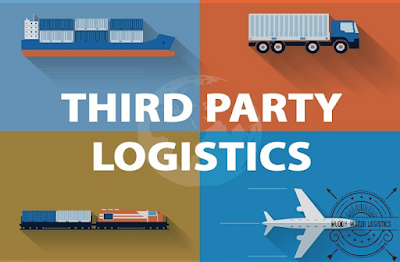Gearing Up for Change: The 3 Biggest Future Trends in the Transportation Market
The transportation industry is on the cusp of a transformative era. Fueled by technological advancements, environmental concerns, and evolving consumer demands, the sector is experiencing a paradigm shift.
Here's a look at the three biggest trends poised to reshape the transportation landscape:
The Rise of Automation: Autonomous vehicles (AVs) are no longer science fiction. From self-driving cars and trucks to robotaxis and drones, automation is rapidly permeating the Transportation sector.
This trend promises significant benefits:
- Enhanced
Safety:
Human error is a leading cause of accidents. AVs equipped with advanced
sensors and software can potentially reduce accidents and fatalities.
- Increased
Efficiency:
Automation can optimize traffic flow, leading to reduced congestion and
improved fuel consumption.
- Accessibility Expansion: AVs hold the potential to revolutionize public transportation, providing greater accessibility for individuals with disabilities and those in underserved areas.
Transportation Market
However, several challenges remain:
- Regulation
and Infrastructure:
Clear legal frameworks and smart infrastructure are needed to support safe
and efficient AV operation.
- Ethical
Considerations:
Questions surrounding liability and safety protocols require careful
navigation.
- Job
displacement:
The transition to automation could lead to job losses in traditional
transportation sectors, necessitating workforce training and adaptation.
The
Reinvention of Logistics: Servitization Takes Center Stage
Today's consumers expect seamless and on-demand logistics solutions. This has led to the rise of servitization, where logistics companies are moving beyond basic transportation to offer holistic supply chain management services.
This includes:
- End-to-End
Visibility:
Customers can track shipments in real-time, gaining greater control over
their logistics needs.
- Customization
and Flexibility:
Transportation providers are tailoring solutions to specific customer
requirements, offering options like same-day delivery or flexible
warehousing solutions.
- Integration
with Technology:
Advanced data analytics and automation are being employed to optimize
logistics processes, reduce costs, and enhance efficiency.
The success of
servitization hinges on:
- Data-driven
Decision Making:
Utilizing data analytics provides valuable insights for optimizing routes,
managing inventory, and predicting customer needs.
- Collaboration: Strong
partnerships between logistics
providers, retailers, and consumers are crucial for seamless
integration within the supply chain ecosystem.
- Cybersecurity
Measures:
As reliance on technology increases, robust cybersecurity protocols are
essential to protect sensitive data.
3. The Greening
of Transportation: Sustainability Takes the Wheel
Environmental
concerns are driving the need for cleaner and more sustainable transportation
solutions. This includes:
- Electrification: Electric
vehicles (EVs) are gaining traction as a viable alternative to traditional
gasoline-powered vehicles. Governments and businesses are investing in EV
infrastructure to promote wider adoption.
- Alternative
Fuels:
Innovation in biofuels, hydrogen fuel cells, and other alternative fuel
sources offers promising options for reducing carbon emissions.
- Multimodal
Transportation:
There's a growing emphasis on interconnectivity between different modes of
transport, such as cycling, public transit, and micro-mobility solutions.
This encourages a shift towards more sustainable modes and reduces
reliance on private vehicles.
Challenges to
overcome include:
- Cost and
Infrastructure:
EVs currently have a higher upfront cost compared to traditional vehicles.
Building a robust charging infrastructure requires significant investment.
- Range
limitations:
Concerns remain about the range of EVs on a single charge, particularly
for long-distance travel.
- Battery
Sustainability:
Sustainable and ethical sourcing of materials for battery production is an
ongoing consideration.
Conclusion





Comments
Post a Comment